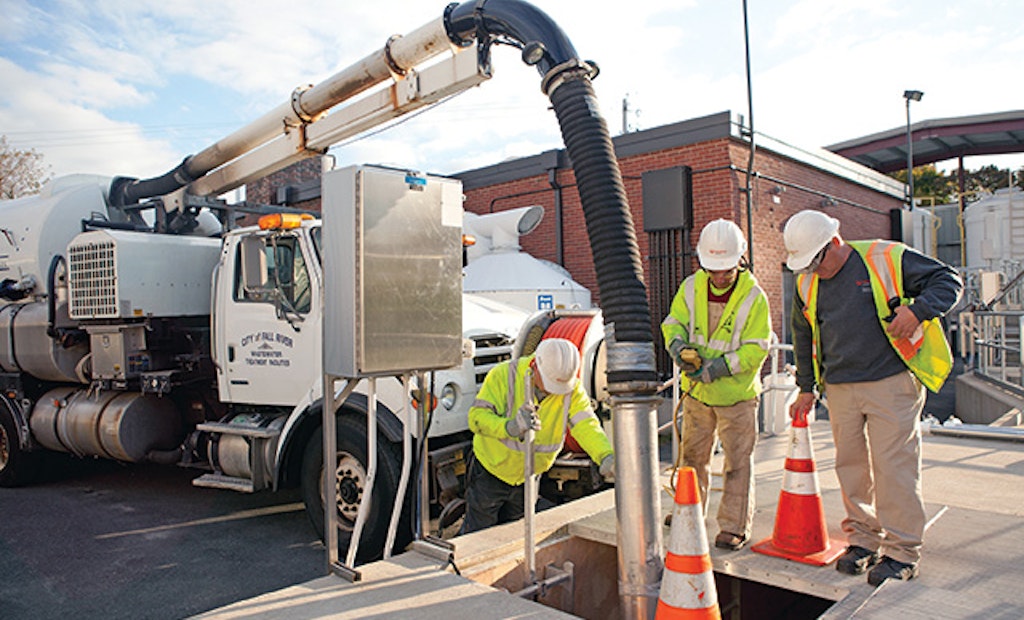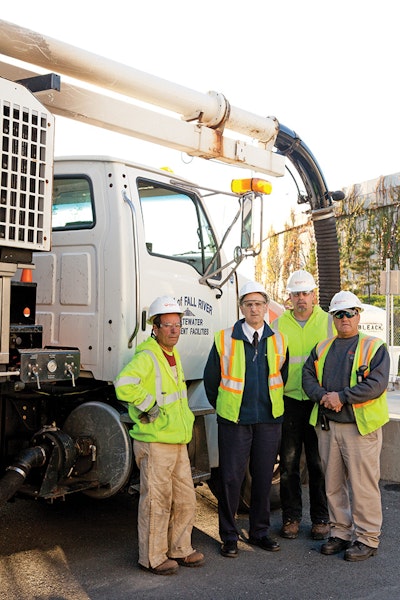
The problems facing many of our older Northeastern cities are widely known — population loss, economic woes, deteriorating infrastructure.
Fall River, Mass., has had its share of hard knocks, too. Once the nation's leading textile manufacturer, the city has lost industry and ...








